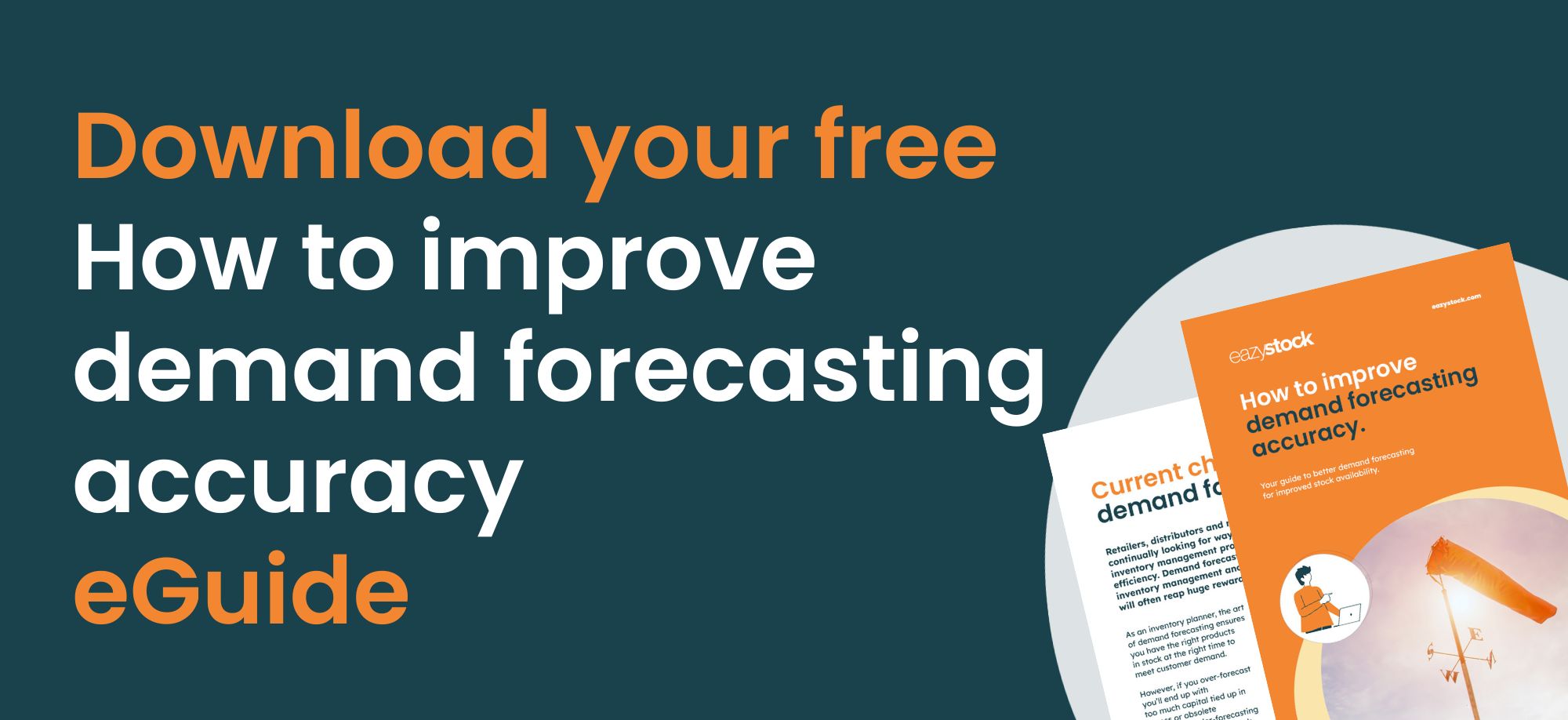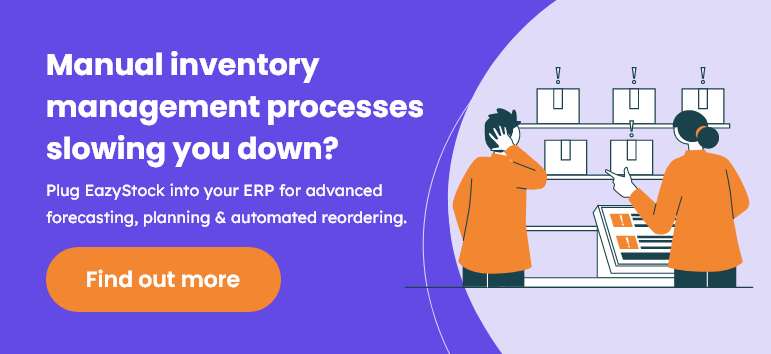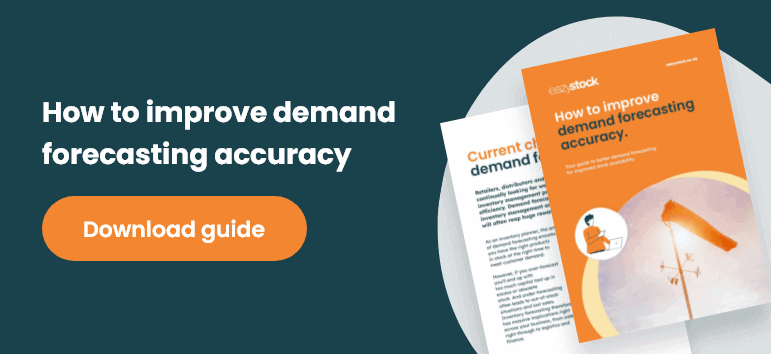Fundamentals of Demand Planning and Forecasting
What is demand planning?
Demand planning is part of a company’s planning strategy to allocate resources in the best and most effective way to meet demand and respond to demand changes.
A demand planning team will forecast demand for their stock items so that supply chain and inventory managers can decide what, how much and when they need to order. They will aim to have enough stock to avoid stockouts, but not so much that they end up with obsolete stock or high inventory values.
Why is demand planning important?
Demand planning has two main functions: determining the right inventory levels to meet demand and helping inventory managers with capacity planning to use space and resources most efficiently.
Determining the right stock levels to meet demand is vital for customer satisfaction. If a product isn’t available for customers to purchase because it’s out of stock, they will likely turn to a competitor and might not return. Losing multiple customers will significantly impact revenue.
Companies might compensate for this by holding extra stock. However, this could unnecessarily tie up capital in stock and lead to obsolete stock if there isn’t enough demand. They could also use just-in-time or just-in-case inventory management strategies to help them to balance their stock levels.
Many external factors can affect supply and disrupt the supply chain, such as raw material shortages, shipping delays or natural disasters. Demand planning allows supply chain leaders and inventory management teams to simulate different scenarios. They can then understand how to limit the impact of supply chain disruption to continue to meet customer demand.
Is demand planning the same as demand forecasting?
While they might sound the same, demand forecasting is actually a part of demand planning. Demand forecasting provides the information management teams use to plan how to meet that demand. Without accurate demand forecasts, demand planning will fail.
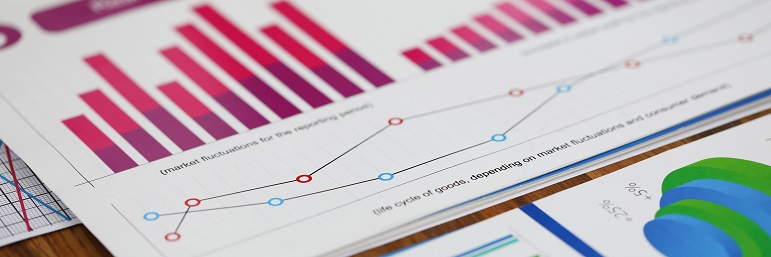
What does demand planning involve?
There are several different stages to demand planning. Here are some tips on best practices to help you.
Choose and implement demand planning software
While you can do demand planning manually, managing data in multiple spreadsheets makes it harder to analyze and bring together usefully. It will be easier and faster to implement software.
Demand planning software can help you analyze data quickly to ensure your data remains relevant. Some ERP or inventory management systems will also offer demand planning functionality.
When purchasing such software, it’s essential to consider how well the tool can handle stock items with different demand profiles, the provider’s reputation, reporting capabilities, and the transparency and reliability of its forecasts.
Gather internal and external data
To process complex projections, effective demand planning needs a lot of data.
Your company will need historical data that shows previous stock item demand by channel and location. You will also need to know stock-out rates, inventory value and turnover, lead times, and production times.
Promotion management
If you have upcoming promotions, price changes or other internal data that could impact demand, ensure you get this from sales and marketing teams.
Product portfolio management
Product portfolio management oversees the overall product lifecycle of stock items, from introducing a new product to end-of-life planning. You will need to understand all your products, their place in the product lifecycle and whether there are new product launches or discontinuations.
Product lines are often interdependent, so demand management is important for understanding how new products may influence demand for other products. This is essential for selecting the overall product mix to maximize market share.
Demand sensing
You should also research general industry information about industry trends, market conditions, and economic changes.
Demand sensing usually uses artificial intelligence to combine information such as weather, infectious disease trends, and government data with historical trend data to detect disruptions and demand influences in near real-time.
Analyze your data and prepare an initial statistical forecast
You can use various forecasting models for demand planning, and you must choose the models that best suit your business needs. These could be quantitative methods such as exponential smoothing, regression analysis or econometric forecasting. Or qualitative methods, such as the Delphi method, historical analysis or the panel consensus.
Look at your past sales data to create a statistical forecast. This can show past demand patterns to understand historical demand fluctuations better, including seasonal changes, which will better inform future forecasts.
Use your software to produce your initial forecast. Once you have this data, review it with the demand planning team and check any anomalies, outliers or other assumptions.
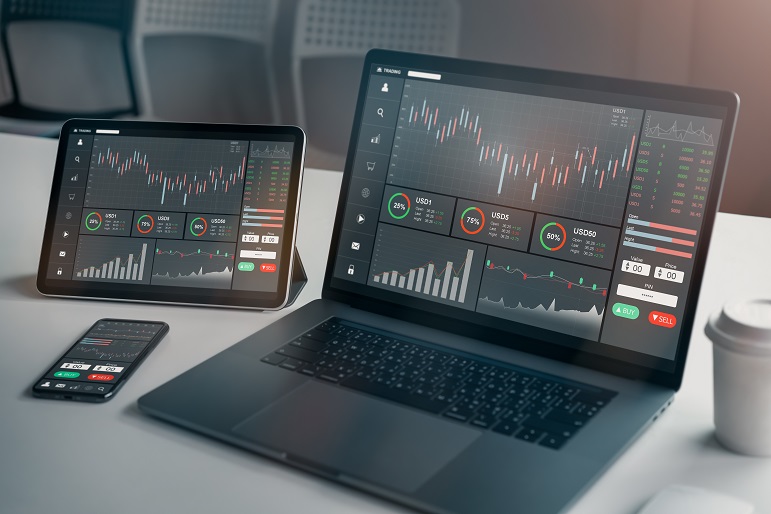
Reconcile bottom-up and top-down forecasts
Top-down financial analysis measures the total market size while considering existing market trends. This allows you to look at your company’s strengths and weaknesses against those trends before predicting potential performance. For example, market growth potential and the percentage gain of market share over a set period.
Bottom-up forecasting focuses on your company’s products and activities to support capacity planning. This involves assessing factors like production capacity, marketing costs, hiring costs – anything that could impact finances. You can then run scenarios, such as seeing what would happen if you increased the workforce or reduced marketing spend.
If your top-down and bottom-up forecasts are too far apart, this will lead to missing targets and losing revenue. Therefore, any growth plans must be feasible with the rest of your company’s activities.
Prepare final forecast
After interrogating your initial forecasting and sense-checking with colleagues, adjust your data and prepare your final forecasts.
Monitor and adjust
If there’s one thing all inventory teams should know by now, it’s that things change. Your forecast might be right now, but market, political or economic changes could make it inaccurate. As part of your demand planning process, schedule regular reviews to make sure everything is still relevant. Adjust as necessary, and ensure you share any updates across your company.
How can EazyStock help?
EazyStock is inventory optimization software that connects to your ERP system to support demand planning. It removes the need for manual spreadsheets and provides easy-to-access reports and data. This enables your company to automate and speed up forecasting, stock management and purchasing activities.
Armed with better demand and stock planning tools, you and your team will have more time to think strategically and focus on improving your efficiency and profitability.
Book a demo to learn more about EazyStock’s functionality and how it can make your demand planning easier.
